Cover photo by Marc Newberry on Unsplash
Today’s Focus of Attention is reader-supported. We sometimes include products we think are useful for our readers. If you buy through links on this page, we may earn a small commission.
In a pioneering study published in Nature Journal, researchers from Leipzig University and the Helmholtz Centre for Environmental Research unveiled the harmful effects of polyethylene terephthalate nanoplastics on an organism’s metabolism and development.
The study, conducted on zebrafish embryos, showed the presence of PET NPs in their internal organs and illustrated how exposure to such particles impacts their physiology.
The adverse outcomes of NPs on humans remain uncertain but are under active scientific investigation.
Microscopic threats
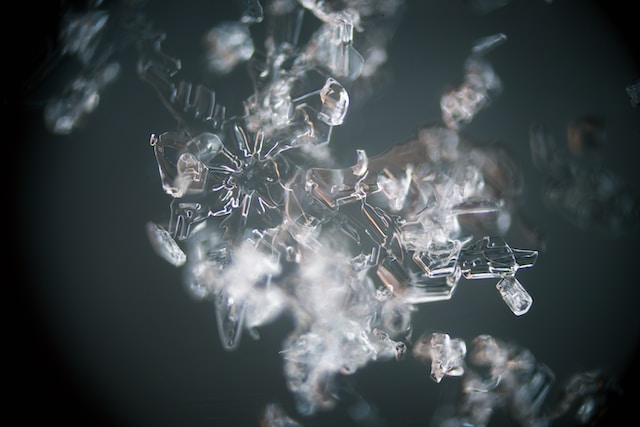
Polystyrene (PS) and polyethylene terephthalate (PET) are amongst the most prevalent plastics used in everyday products (plastic bags, bottles, food containers). So it’s unsurprising that they’re ubiquitous.
In recent years, most studies have focused on the impact of polystyrene nanoparticles (PS NPs). These observations revealed that those particles penetrate the cell membrane, accumulate, and incite an inflammatory response.
However, the potential toxic effects of polyethylene terephthalate nanoparticles (PET NPs) on biological organisms remain largely understudied.
Remember, plastics don’t biodegrade; they break down into tinier fragments that can stay in the environment for hundreds, if not thousands, of years.
Consider this every time you purchase and dispose of a plastic bottle, food container, candy wrapper, or bag.
What are nanoplastics?
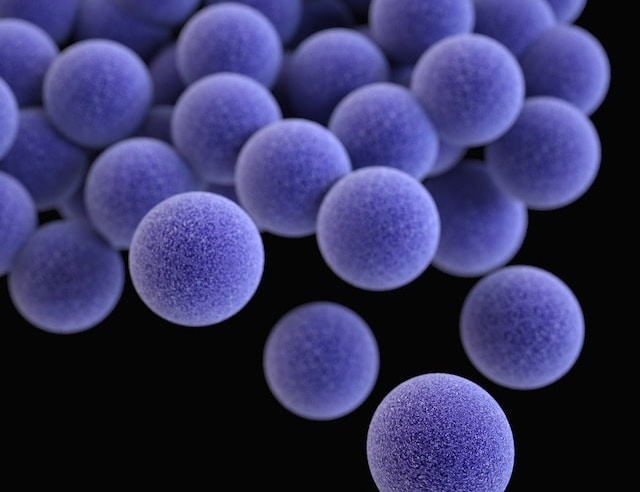
NPs are microscopic particles measuring less than 100 nanometres in size. They come from the breakdown of large plastic debris, like water bottles and bags, and are present in all our environments, both marine and terrestrial.
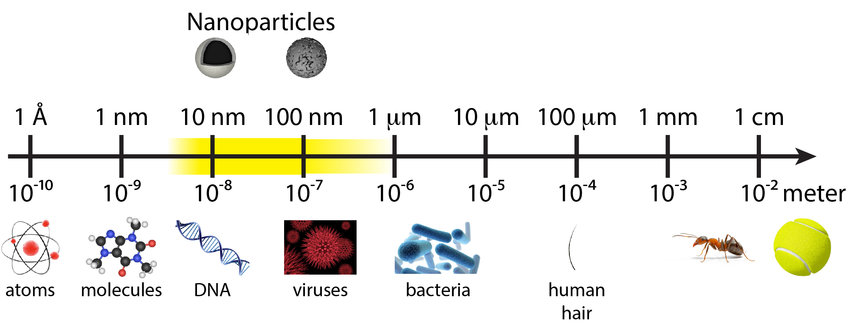
Let’s put this in perspective. A nanometre is one billionth of a metre (0.000000001 or 10-9). Most proteins are 10 nanometres; a typical virus is 100; a bacterium is 1,000; and human red blood cells are around 10,000 nanometres.
With common things, we have: a sheet of paper is 100,000 nanometres; a strand of human DNA is 2.5; and an average atom is somewhere from 0.1 to 0.5 nanometres.
These measures give us an idea of the dimensions of nanoplastics. With such a minuscule size, they can enter basically anything in our bodies, from our bloodstream and lungs to our brains and cells.
Therefore, nanoplastics are likely to be found in the water we drink, the food we eat, and even the air we breathe.
Imagine the damage in the short run when these NPs accumulate as time passes.
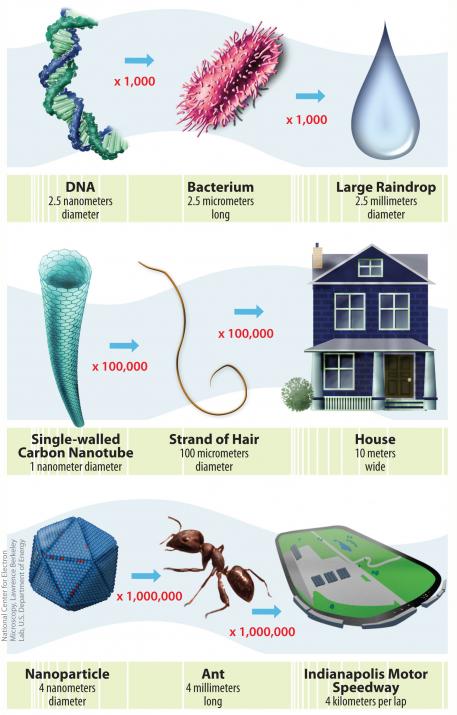
The excessive use of plastic is putting our very existence at risk.
Understanding the effects of polyethylene terephthalate NPs

This research, published on 2 February 2023, was focused on the repercussions of PET nanoplastics on zebrafish embryos.
The results showed that PET NPs accumulated in multiple organs, including the kidney, liver, intestine, and brain, bringing about behavioural abnormalities and less movement in the embryos.
If this happened to a small sea creature, imagine what would happen to bigger ones, like us.
Dr Alia Matysik, scientist at the Faculty of Medicine’s Institute of Medical Physics and Biophysics and author of the paper, said, “Our study provided the very first insight into the toxicity pathways induced by PET nanoplastics and the underlying mechanisms in intact zebrafish larvae. We found that liver function was significantly impaired and that there was oxidative stress.”
“PET nanoplastics also affect the cellular membrane and energetics of living organisms.”
How do NPs alter an organism’s biochemistry?
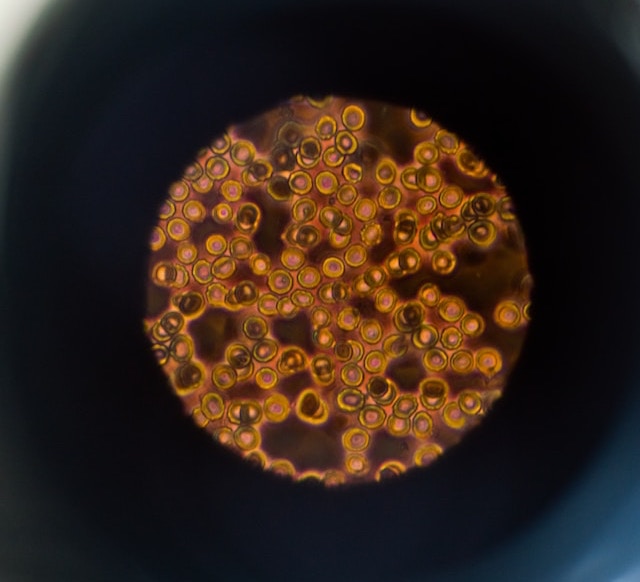
To study the impact of nanoplastics on zebrafish embryos, scientists at Leipzig University used high-resolution magic-angle spinning (HRMAS), a non-destructive technique that applies nuclear magnetic resonance (NMR) to analyse metabolic profiles in intact tissues and organisms.
Using this method allowed researchers to examine matter from the outside without damaging the tissue or placing any instruments into the body.
Dr Matysik said, “We used state-of-the-art analytical NMR methods to obtain a comprehensive system-level understanding of the metabolic pathways affected by PET nanoplastics.”
“We were able to observe how PET accumulation alters the biochemistry of an organism.”
Professor Jörg Matysik from the Institute of Analytical Chemistry indicated that their research findings highlighted the adverse effects of polyethylene terephthalate NPs recognised in zebrafish embryos and that these effects may also play a role in mammals and humans.
“While we do not yet have a clear answer to this question, it is now safe to assume that PET nanoplastics are disrupting our ecosystems. In any case, plastics should be prevented from entering the environment.”
“Avoiding this form of waste will be the big challenge of the near future.”
Conclusion
Nanoplastics are an emerging concern due to their pervasive presence in nature. Nevertheless, their bioaccumulation and toxicity are poorly investigated.
Plastic particles have been found in oceans, lakes, sediments, soils, drinking water, and even in locations with little to no human activity.
They can be absorbed through dermal, gastrointestinal, and inhalation routes and may induce harmful effects, including behavioural variations, fertility changes, weakened immune responses, and damage to the brain and liver.
These particles pose a risk to mammals, fish, turtles, birds, and, undoubtedly, humans.
Researchers at Leipzig are preparing to continue their investigations on the zebrafish topic, but, as Dr Alia Matysik noted, they also plan to explore the potential implications of nanoplastics on cognitive ability, given the detection of PET NPs in the brain.
“We now want to find out whether this has an impact on brain function and neurodegenerative diseases.”
We continue to manufacture and use plastics because of their versatility and cost-effectiveness.
But when will we reach the tipping point and understand that plastic overconsumption could annihilate our civilisation in the long run?
Am I exaggerating? I think not.


